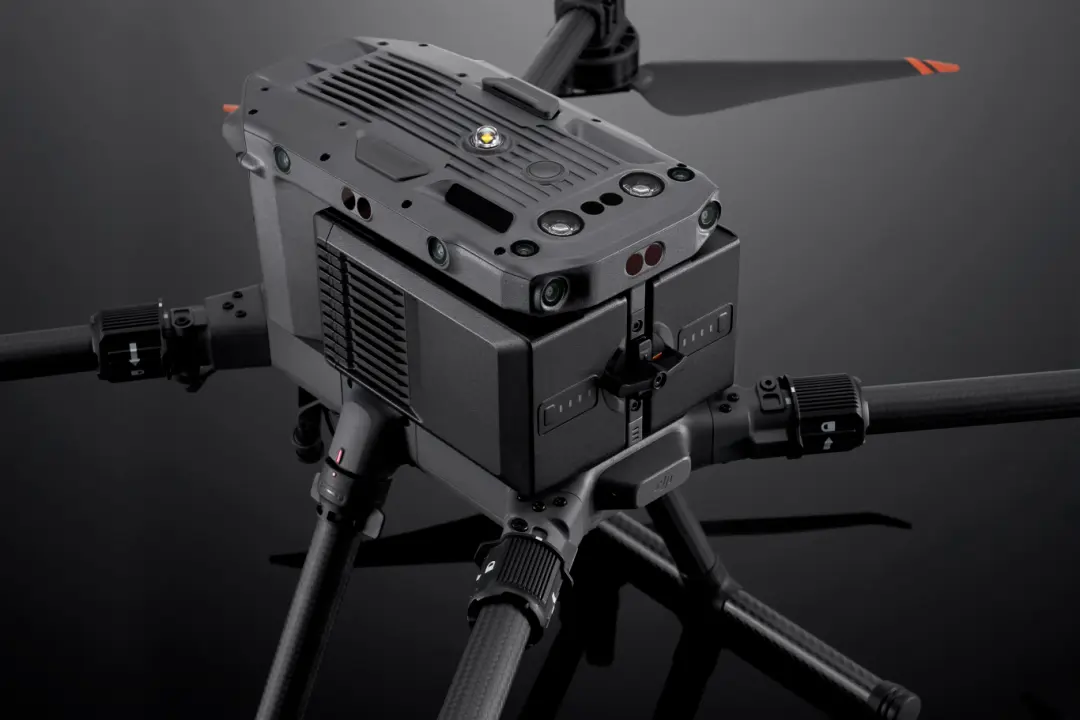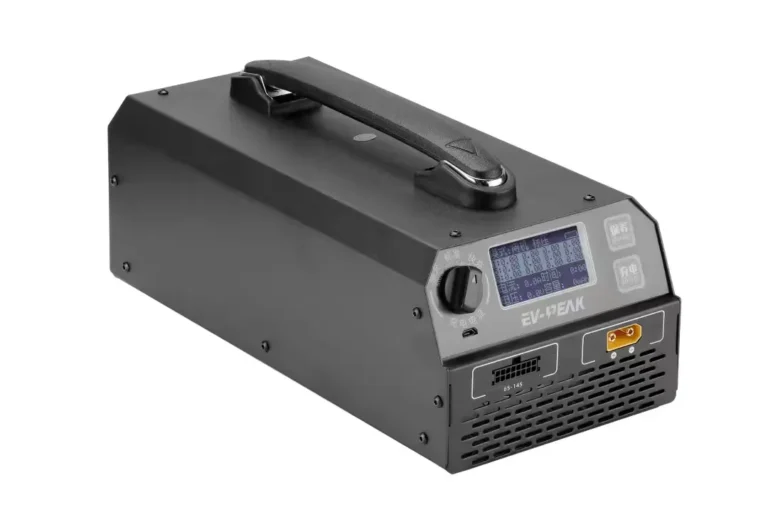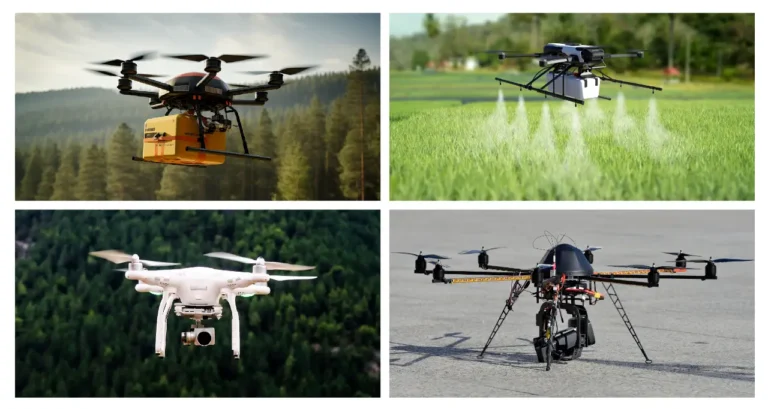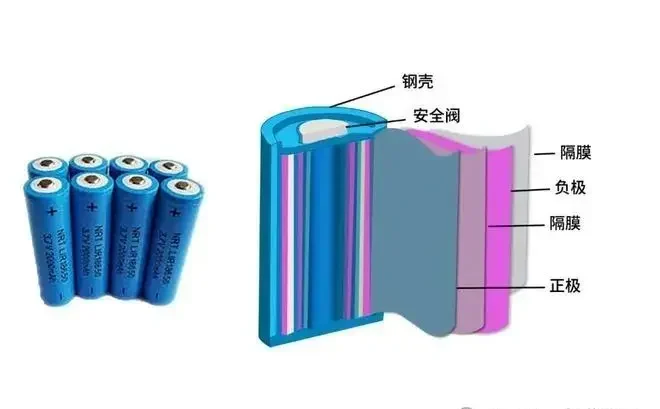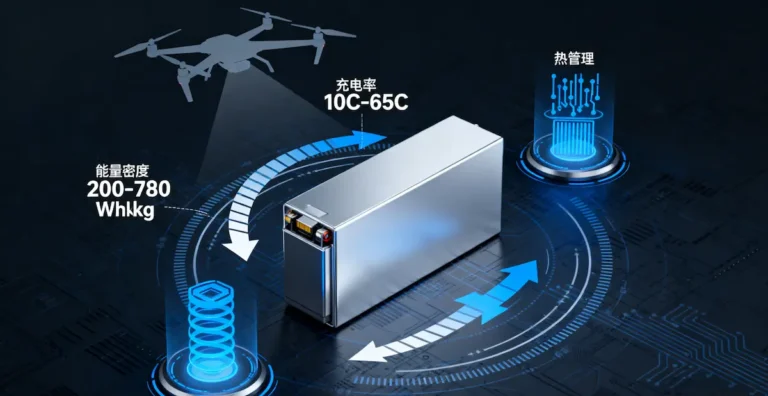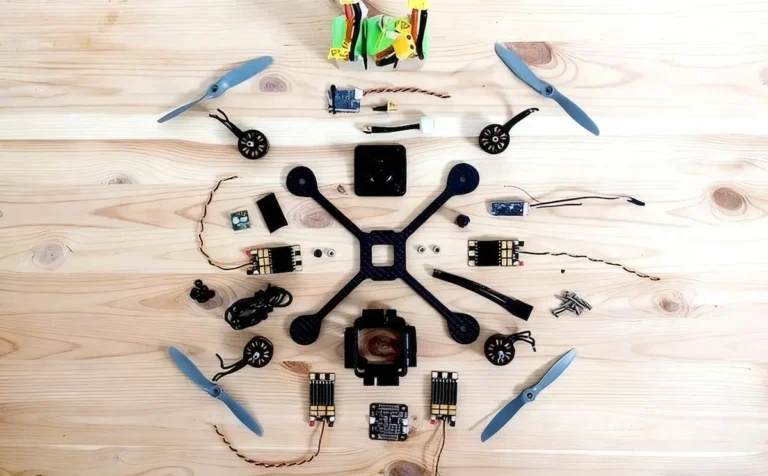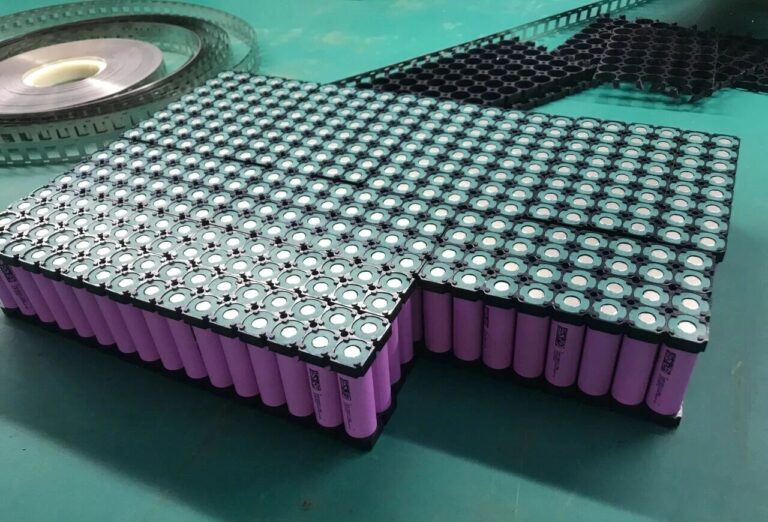Guide to Extending Drone Battery Life
Scientific battery management can increase the cycle life of drone batteries by over 50%, significantly reducing operational costs.
As lithium battery engineers, we understand that drone batteries are the most valuable and maintenance-intensive components in flight systems. Proper care strategies not only extend battery lifespan but also markedly enhance flight safety. This article systematically outlines methods to prolong drone battery life, helping you maximize battery performance and economic value.
Modern drones predominantly utilize lithium polymer (LiPo) and lithium-ion (Li-ion) batteries, which achieve energy densities of 200-280 Wh/kg. However, their performance and lifespan critically depend on proper maintenance practices. With scientific management, high-quality drone batteries can retain 80% of their capacity after over 300 charge cycles.
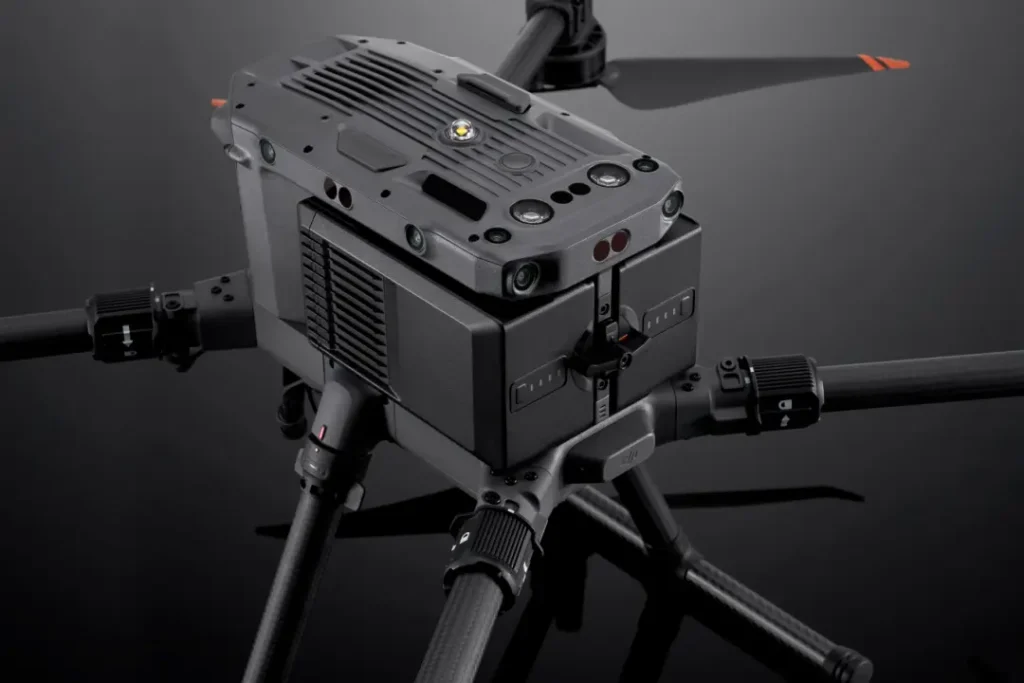
I. Best Practices for Daily Drone Battery Usage
Drone Battery Charging Strategies and Mode Selection
Different charging modes suit different scenarios. Standard Mode charges the battery to 100%, ideal for immediate use; Standby Mode charges to 90%, facilitating emergency response; Storage Mode charges to 50%, the optimal choice for long-term storage.
High-charge storage is the primary cause of battery degradation. Taking DJI drones as an example, a fully charged battery will automatically discharge to 96% within 3 days and to 60% after 9 days. It is recommended to maintain the default self-discharge settings and avoid manually interfering with this intelligent protection mechanism.
Drone Battery Pairing Principles
Batteries must be paired and used consistently to ensure simultaneous charging and discharging. Mixing new and old batteries accelerates aging of newer cells. When significant lifespan differences exist, the system will issue warnings. Label paired batteries with stickers before use and strictly maintain synchronized operation.
Avoid Over-Discharging and Over-Charging Drone Batteries
Over-discharging is the most damaging condition for batteries. When voltage drops below 3.0V per cell, irreversible internal damage occurs. Maintain at least 20% charge during flight to prevent complete depletion. Use the original charger to prevent over-charging, and disconnect immediately after full charge.
II. Regular Maintenance and Health Checks for Drone Batteries
Drone Battery Maintenance Schedule and Procedures
Comprehensive maintenance is recommended every 50 cycles or 3 months, including cell voltage balancing, capacity calibration, and system calibration. Key inspection points during maintenance:
– Cell voltage difference must be less than 0.1V
– Battery firmware must be the latest version
– Visual inspection for swelling or leakage
Drone Battery Connector Maintenance and Cleaning
Oxidation of battery terminals increases contact resistance, leading to overheating. Regularly clean terminals with alcohol swabs to ensure proper contact. After agricultural operations, thoroughly remove pesticide residues to prevent terminal corrosion.
Drone Battery Performance Monitoring and Documentation
Maintain a battery health record, documenting capacity, internal resistance, and voltage data for each flight. When battery capacity drops to 80% of its initial value or internal resistance increases by 25%, consider downgrading usage or replacement.
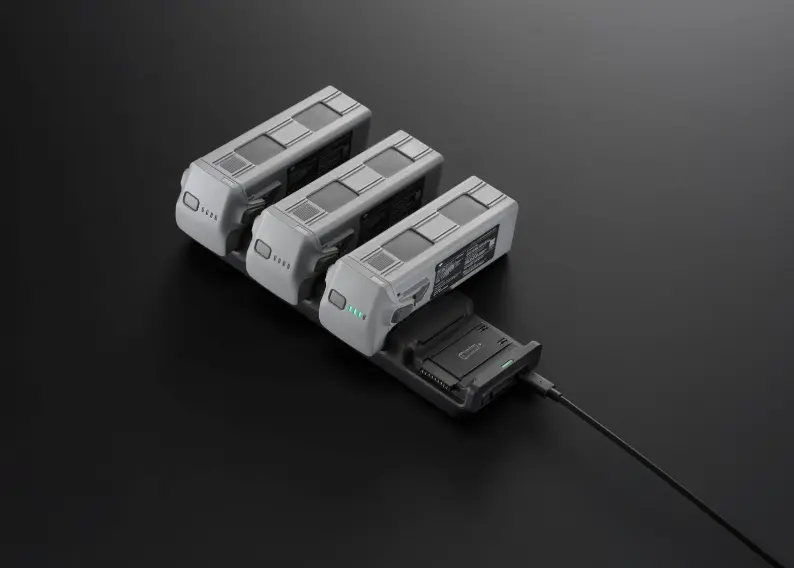
III. Drone Battery Usage Strategies in Low-Temperature Environments
Importance of Preheating Drone Batteries
Before flying in environments below 5°C, batteries must be preheated. TB65/TB30 batteries feature automatic heating to maintain temperatures between 16-20°C. For other batteries, use insulated bags or preheat indoors to above 20°C before use.
Adjustments to Drone Battery Power Management
Low temperatures reduce battery discharge efficiency, potentially shortening flight time by 30%-50%. Fully charge batteries beforehand and raise the low-battery warning threshold to 30%-40%. Limit flight duration to 70% of normal operating conditions.
Precautions for Charging Drone Batteries
Do not charge batteries immediately after exposure to cold temperatures; allow them to recover to above 5°C. Monitor battery temperature during charging and avoid rapid charging in cold environments.
IV. Professional Long-Term Storage Solutions for Drone Batteries
Battery Charge Level Control During Storage
The ideal charge level for long-term storage is 40%-60%. Storing a fully charged battery for over 3 days will begin damaging it, and storage exceeding one week may cause permanent capacity loss. Adjusting the charge level to 50% using the storage mode is the optimal choice.
Storage Environment Requirements for Drone Batteries
Store batteries in a dry, cool location with an ideal temperature range of 10–25°C (50–77°F). Use a dedicated explosion-proof storage box, keeping batteries away from flammable materials and direct sunlight. When storing multiple batteries, maintain spacing to prevent contact.
Periodic Maintenance for Drone Batteries
Perform a charge-discharge cycle every three months during storage to activate the battery chemistry. Before first use after extended storage, complete a full charge-discharge cycle.
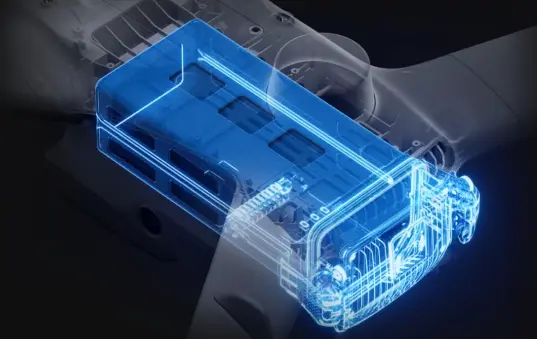
V. Activation and Maintenance of New Batteries
Recharging Timeline
Unopened new batteries require recharging within 6 months to prevent damage from deep discharge. Failure to activate within 6 months may cause battery voltage to fall below safe thresholds, resulting in irreversible damage.
Proper Activation Method
Use the charging box to recharge batteries stored for nearly 6 months to 50% capacity. Note: Recharging the battery box alone does not activate the battery. Only when installed in the aircraft and powered on will the battery begin accumulating its service life.
Preparation for First Use
For the first three cycles, fully charge and discharge the new battery using Standard Mode to fully activate the battery chemistry and achieve optimal performance.
VI. Handling Abnormal Drone Battery Conditions
Dealing with Swollen Drone Batteries
Upon detecting a swollen battery, immediately cease use and place it in a secure area. Mildly swollen batteries may be discharged to 0% before professional recycling. Severely swollen batteries require disposal according to hazardous materials regulations.
Response to Drone Battery Performance Degradation
When battery runtime significantly shortens or internal resistance markedly increases, reduce usage demands and avoid high-rate discharging. Downgrade the battery for ground testing or training purposes.
Drone Battery Safety Precautions
Always charge batteries inside explosion-proof enclosures, away from flammable materials. Keep fire-suppression sand or specialized extinguishers readily available. Never use dry powder fire extinguishers to combat lithium battery fires.
Maintaining drone batteries is a precise science. Proper charging strategies, regular maintenance, temperature management, and storage practices can significantly extend battery lifespan and enhance flight safety.
Establish detailed battery usage records to track each cell’s health status. Develop a replacement plan when cycles exceed 200 or capacity drops below 80%. Investing in premium battery management systems and storage equipment yields substantial returns over long-term operations.
By following these professional guidelines, your drone batteries will deliver more enduring and reliable performance, providing robust support for diverse operational tasks. Scientific battery management is not merely an economic consideration—it is a critical foundation for flight safety.

